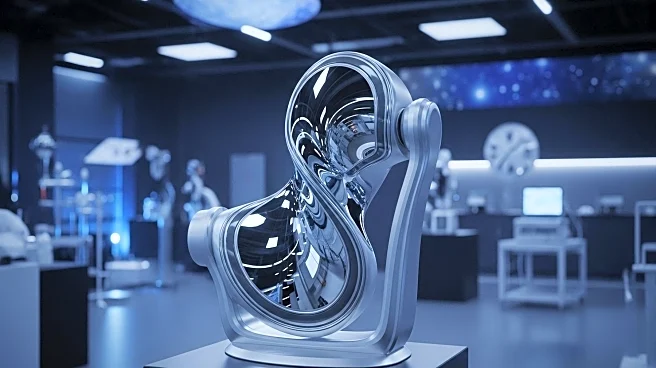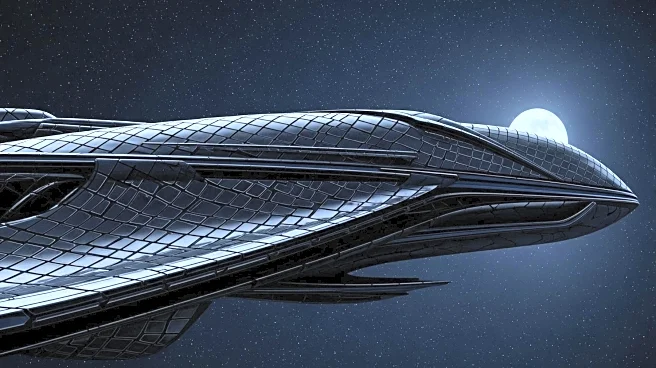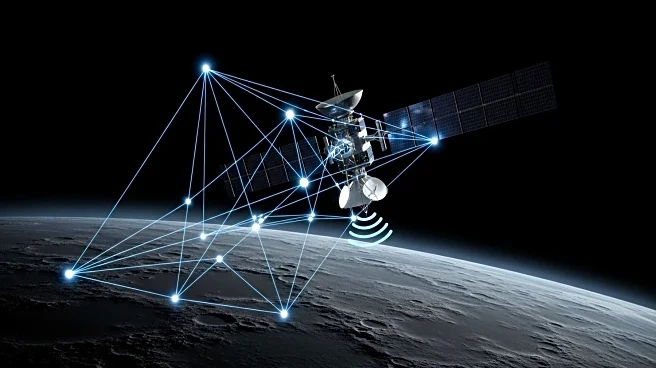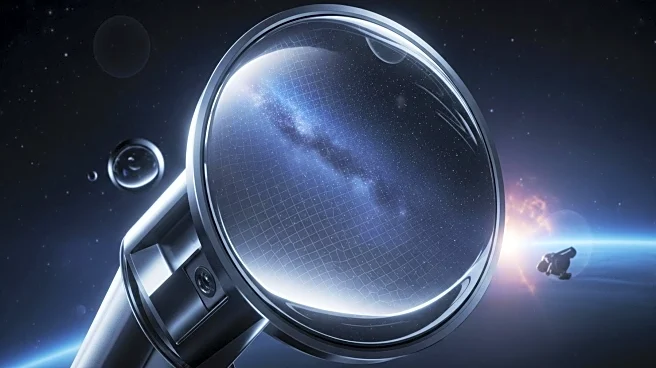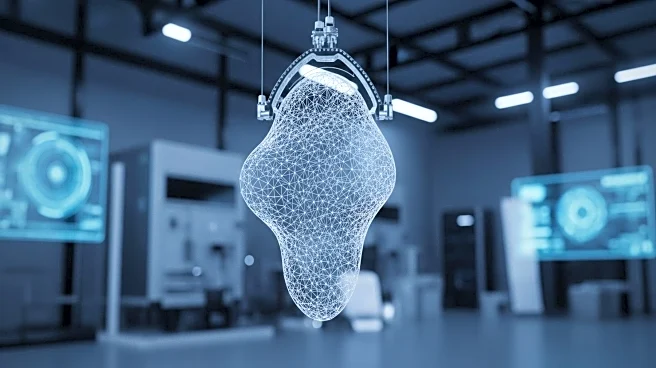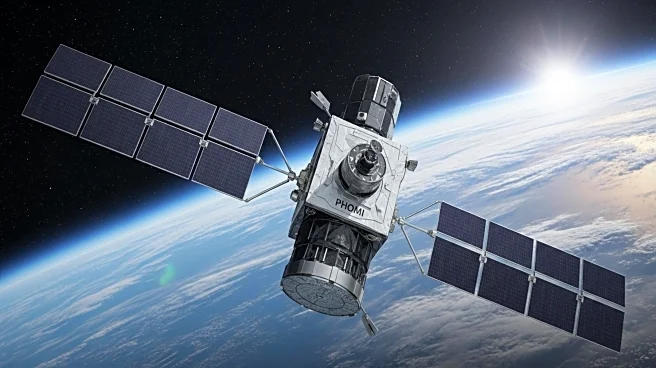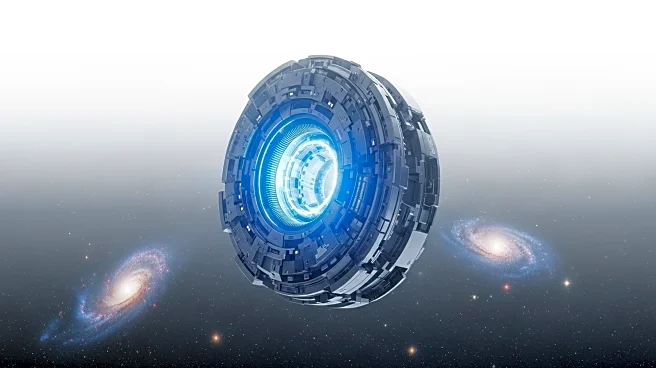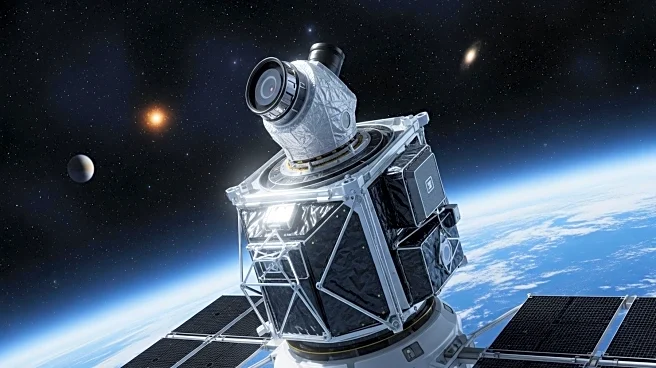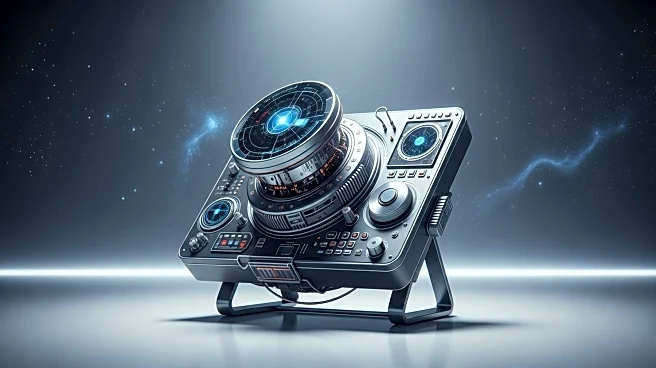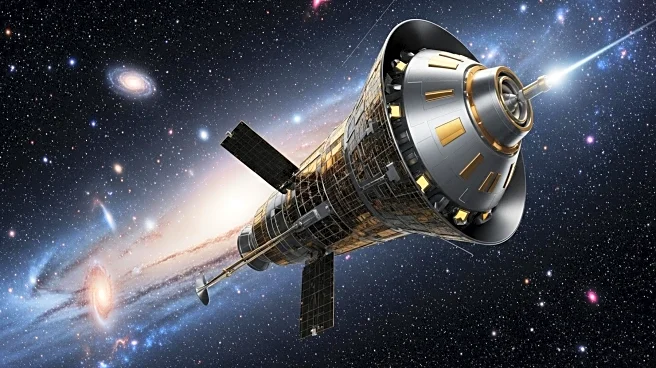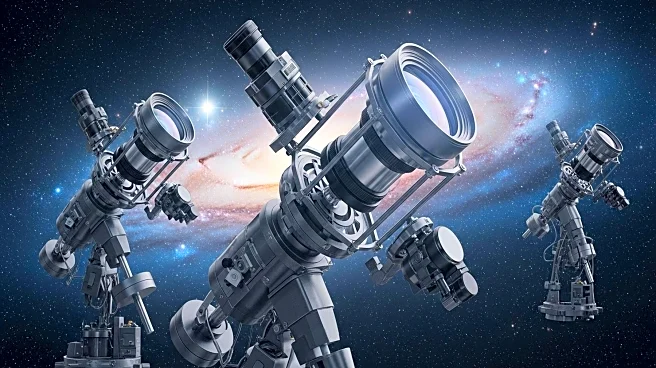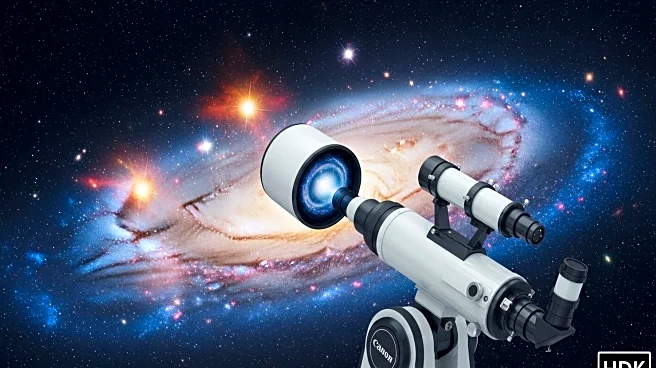What is the story about?
What's Happening?
NASA is conducting environmental testing on microelectromechanical system (MEMS) deformable mirrors (DM) to enhance their reliability for space-based exoplanet detection. These mirrors are crucial for controlling optical wavefronts at picometer levels, which is essential for the stringent contrast requirements of coronagraphs used in exoplanet detection. The testing involves developing finite element method (FEM) models to predict performance under various launch conditions and modifying designs to improve robustness against launch loads. The research aims to mature the technology to Technology Readiness Level 5 (TRL-5), ensuring the mirrors can withstand acoustic, vibration, shock, and radiation conditions encountered during space missions.
Why It's Important?
The advancement of MEMS deformable mirrors is significant for the field of astrophysics, particularly in the search for exoplanets. Reliable mirrors are essential for coronagraphs, which help in detecting planets outside our solar system by blocking out starlight. This technology could lead to more accurate and efficient detection methods, potentially expanding our understanding of the universe and the possibility of life beyond Earth. The successful development and testing of these mirrors could also set a precedent for future space technologies, enhancing the capabilities of space telescopes and other observational instruments.
What's Next?
The next steps involve further testing to validate the robustness of the modified MEMS DM designs against launch conditions and radiation exposure. These tests will be conducted in vacuum conditions at NASA's Goddard Space Flight Center, using the Visible Nulling Coronagraph (VNC) to assess performance. The results will be compared to simulations to ensure the technology meets the necessary standards for space qualification. If successful, the technology will be ready for integration into future space missions, potentially revolutionizing the way exoplanets are detected and studied.
Beyond the Headlines
The development of MEMS deformable mirrors not only impacts astrophysics but also has broader implications for materials science and engineering. The methods used in this research could be applied to other MEMS devices, enhancing their reliability and performance in various applications. This could lead to advancements in fields such as telecommunications, medical devices, and consumer electronics, where precision and reliability are paramount.
AI Generated Content
Do you find this article useful?
